#arte textil panama
Explore tagged Tumblr posts
Text
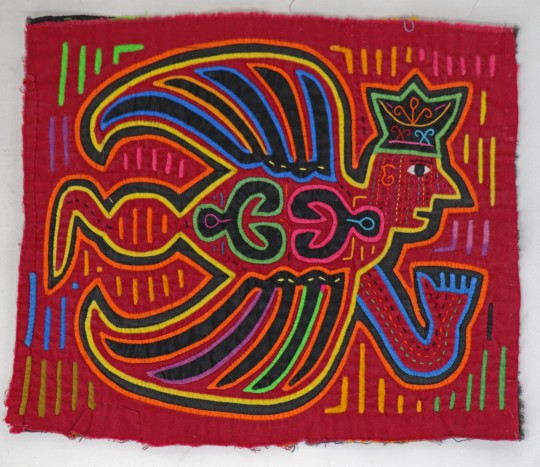
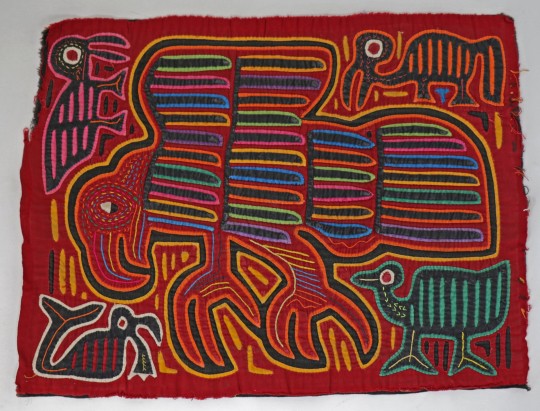

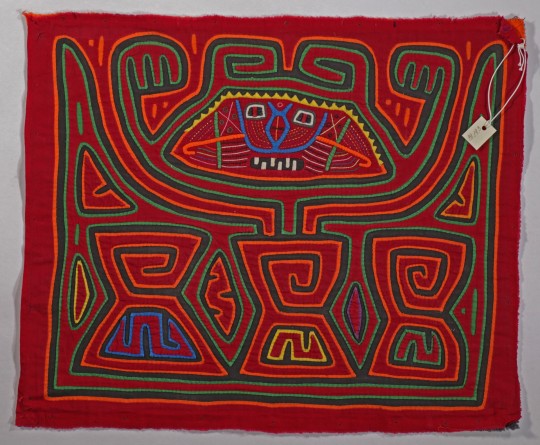


Half a dozen beautiful mid-century molas from the Cuna (Kuna) people, who are indigenous to Panama and the neighboring San Blas Islands. We particularly like the dancing mice. From Thomas Jefferson University's Textile and Costume Collection on JSTOR, free and open to everyone!
#art#indigenous people#native americans#native american art#applique#reverse applique#textile art#dancing mice!#cuna people#panama#san blas islands#jstor
646 notes
·
View notes
Photo
MOLAS

Las Molas, bellos y coloridos diseños, Panamá, 1977.
Photo by René Moser,
744 notes
·
View notes
Text
Molas
For sale Vintage Mola 1970 various sizes The textile art began in the San Blas Islands, Panama. Kuna Yala women use a technique called reverse appliqué, which involves layering two or more fabrics of different colors and sewing them together, then using a pair of scissors to carefully snip away parts of each layer to reveal the design. Next, they use fabric remnants to fill in each layer, creating a striking geometric-like form. Call Querube 305.384.5171




#molas, #panama#art
7 notes
·
View notes
Text
howdy
some notes:
I generally try to identify places + groups
I try to make conscious decisions about tags that respect cultural identities, consider historical context and reject imperialism. I realize this is impossible and messy and doomed to be inconsistent. choices I've made include one Korea, one Ireland, and multiple tags for separatist states, i.e. Scotland, Catalan Countries.
I am currently unsure when or if it makes sense to tag the "bigger" nation in a post about an autonomous region, ex. China and Tibet, Faroe Islands and Denmark. I want to respect widespread independence movements, but also not become bloated with regional tags. Tibet deserves to be free of China but I have to laugh at modern Texas separatism.
Israel does not get a tag. Jewish diaspora, Free Palestine, genocide, USA, or anti imperialism are used.
I am not always sure when to use the indigenous peoples tag. if I am unsure I will probably leave it out.
except the history and prehistory tag, I currently am not tagging things that no longer exist, ex. Soviet Union, Roman Empire. I may instead tag with the most closely related modern state, ex. Russia, Greece
Tags like EU, UK, Africa, Asia, Latin American, Polynesian, etc. are used in posts that refer to many places/groups collectively ex. Lunar New Year in Asia
I try to tag the country/group that an artist/writer/creator belongs to, ex. a post featuring Baldwin tagged with USA, literature, black diaspora
tags are ever-evolving!
country/place tags:
Africa, Albania, Angolia, Argentina, Armenia, Asia, Australia, Austria, Azerbaijan, Belarus, Belgium, Bhutan, Bosnia and Herzegovina, Botswana, Brazil, Bulgaria, Cameroon, Canada, Catalan Countries, Central African Republic, Chad, Chile, China, Colombia, Congo, Cuba, Czechia, Denmark, Dominican Republic, Emirates, Estonia, Ethiopia, EU, Faroe Islands, Finland, France, Germany, Greece, Greenland, Guatemala, Haiti, Hawai'i, Hungary, Iberia, Iceland, India, Iran, Ireland, Italy, Japan, Kazakhstan, Kenya, Korea, Kosovo, Kyrgyzstan, Latvia, Lithuania, Malaysia, Maldives, Mexico, Moldova, Mongolia, Montenegro, Mozambique, Namibia, New Zealand, Niger, Nigeria, North Macedonia, Norway, Pakistan, free Palestine, Panama, Paraguay, Peru, Philippines, Portugal, Puerto Rico, Qatar, Romania, Russia, Scotland, Serbia, Slovakia, Slovenia, Somalia, South Africa, South Sudan, Spain, Sri Lanka, Sudan, Sweden, Switzerland, Syria, Taiwan, Tajikistan, Tanzania, Thailand, free Tibet, Turkey, Uganda, Ukraine, USA, Uzbekistan, Vietnam, Wales, West Papau, Yemen, Zambia, Zimbabwe
diaspora + ethnic group + cultural group tags:
Ainu, Apache, Bahá'í, Basque, Black diaspora, Chechen, Choctaw, Chulym, Dakota, Dharumbal, Dolgan, Galician, Gavião, Guarani-Kaiowá, Hui, Igbo, immigrants, Ingorot, Inuit, Ixil, Jewish diaspora, Karakalpak, Kashmir, Kazakh, Ket, Khakas, Lakota, Latin American, Lezgin, Mah Meri, Maka, Makonda, Mari, Mohegan, Ojibwe, Pataxo, Polynesian, Pueblo peoples, Purepecha, Q'eqchi', Rapa Nui, Rohingya, Romani, Rukai, Ryukyuan, Sakapultek, Samburu, Sámi, Selkup, Sioux, Tamil, Tatar, Tigray, Tlingit, Tokalau, Uyghur, Yazidi
culture + other tags:
agriculture, airports, animals and wildlife, architecture, art, body modification, children, clothing and textiles, current events, dance, ecology and environmentalism, festivals and holidays, film and tv, food, geopolitics, history, infrastructure, language, literature, maps, music, myth and legend, my posts, nature, prehistory, postcards and stamps, public transportation, religions and belief systems, solidarity, sports and games, traditions and customs, true spirit of the blog, urban landscape, water and boats, women
ugly tags:
acab, anti capitalism, anti fascism, anti imperialism, anti misogyny, anti xenophobia, genocide
2 notes
·
View notes
Note
your art seems as to be cultural appropriating the indigenous people of Central America of the Gúna Tribe.. their textile tradition dates back many of years and it comes as disrespectful to copy for profit especially as they find the repercussions of colonization
I have family from the Embera tribe in panama and have been to the country. The tribes there sell their textiles to tourists frequently. My mom (born in panam) has a few textiles she bought from them directly.
There are however specific textiles they use specifically for clothing and those are a closed practice. I'm using paint and drawing based on animals and games from my own life and are not mass produced.
I appreciate you keeping an eye out for the tribes tho ✌🏾
#i figured id get a comment on this but i wanted to explain my particular situation#hi hello my ancestors did a version of this and I'm doing my own thing with it dw dw#If i ever make it big with this style I will of course give a huge chunk to the tribes of panama#but right now im one tran making under 9k a year I don't think I'm draining their customer base too hard
10 notes
·
View notes
Text

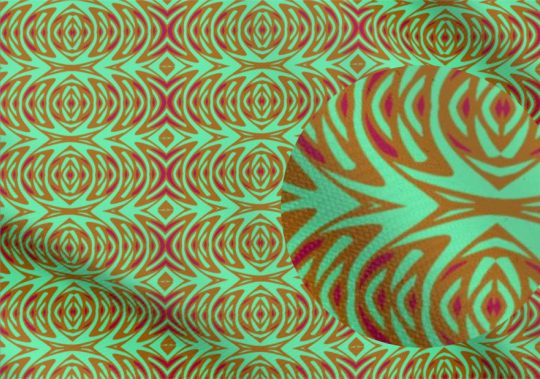
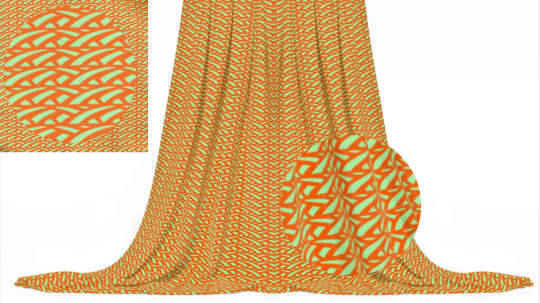
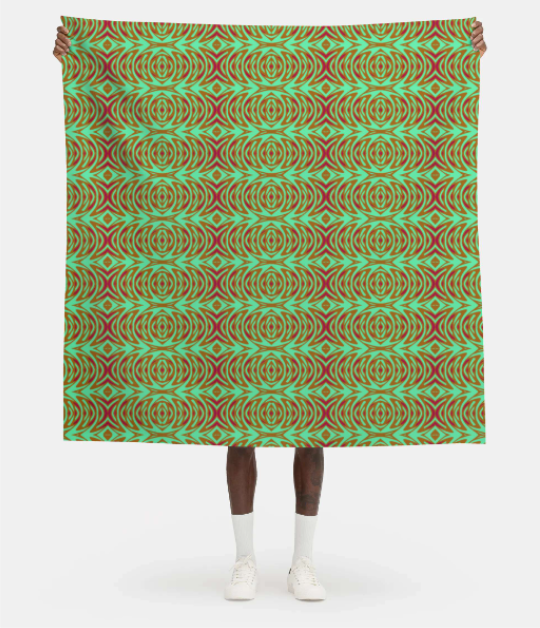
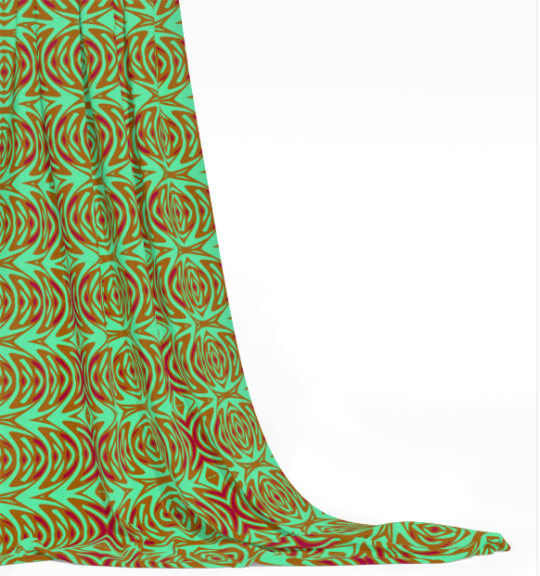








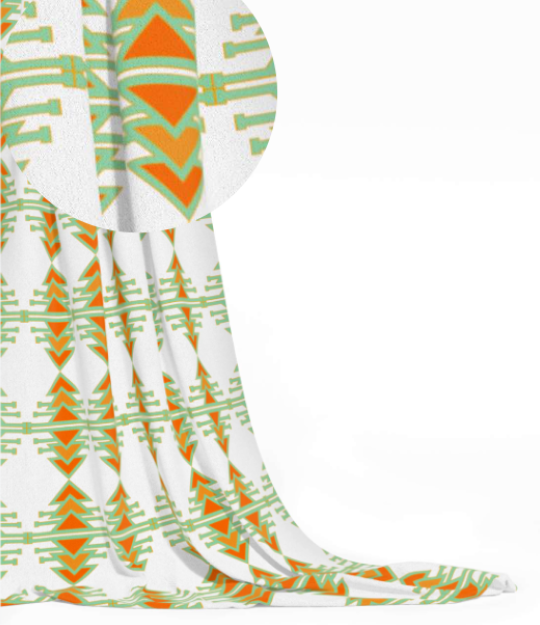
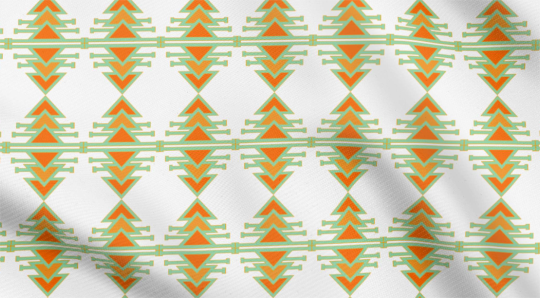
Deluxe textile assortiment(real silk satin,cashmire,wool,organic cotton,panama,sucuba,organza e.t.c...) in retail price ,great for designers(fashion apparel,furnishing textile,accessories),dropshippers & physical store resellers.
Eysneya Balance art & graphic DOPEMAINEQUATION
get here:
DOPEMAIN DOPEMAIN DOPEMAIN
£/AU$/$
Dropshippers/resellers can download pictures on Tumblr or
Pinterest: DOPEMAINEQUATION Eysneya Balance
#eysneyabalance#dopemainequation#eysneya balance#textil#printed fabric#printed textile#fashion#fashion design#fashion illustration#design#patterned textile#patterned fabric#retail price#dropship supplier#dropship#dropshipping#resell#retail#textil pattern#patterned material#printed material#sew#sewing#cut & sew#designers#sellers#designer#designer clothing#seller#interior designing
4 notes
·
View notes
Text
Days 1-4: Buenos Aires, Argentina
Our trip to Antarctica officially kicks off in Buenos Aires - and having never been there, decided few extra days to explore was in order.
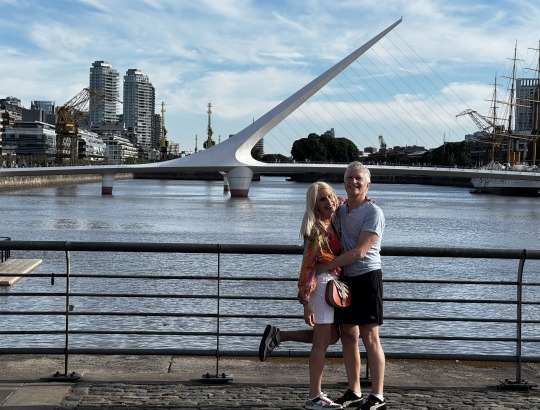
January 11
Arriving late at the lovely Alvear Icon Hotel in the restored waterfront neighborhood of Puerto Madero was a relief after the LONG travel day from Orlando, through Panama. Overlooking the Dique River and South Atlantic Ocean, our huge room exuded old world comfort.
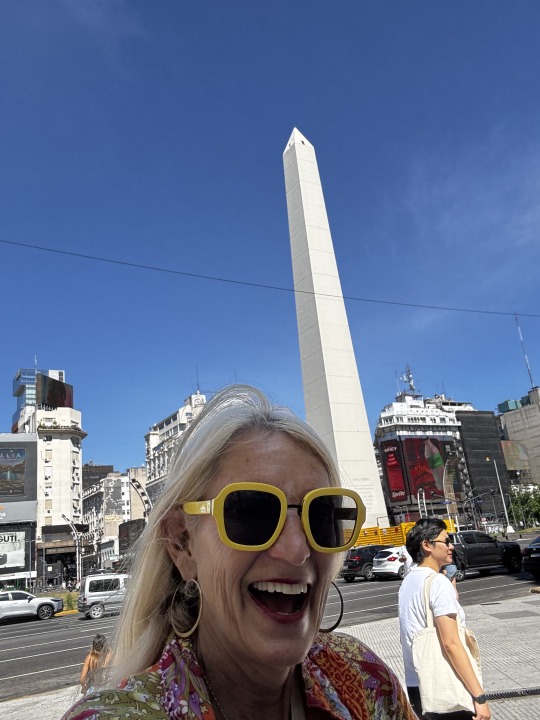
A 78 degree sunny day - perfect for an overview of this new city on our Bike Tour. Three hours later we had seen the Opera House, Eva Perón building, their "Washington Monument", and learned much about the dramatic and salacious political history of Argentina. Most enjoyable was cruising through the lush nature preserve in the city center, Reserva Ecológica, with a stop to drink Matcha, taste an Alpha Whore (small chocolate cake) and learn about Tango,
Dinner at the rooftop restaurant of our hotel offered a panoramic view of Buenos Aires......as well as delicious Argentinian Malbec!
January 12
I love a good outdoor market and the Feria Plaza Francia did not disappoint. Primarily comprised of artisans displaying jewelry, paintings, small sculptures, leather goods, and hand crocheted items, the +100 stalls wound around a lovely park. As suitcase space is tight for this trip, I left with just two pair of hand crafted earrings.

Next stop for me was the Museo Moderno to view their large collection of modern and contemporary art. My favorite expo was an immersive project which included paintings, drawings and sculptures - both tiny and colossal in scale- in a series of rooms draped in painted and stitched textiles. The creator of this colorful and creative installation was a young Argentinian artist, Celine Eceiza. Totally unique, impressive and exuded happiness.
January 13
Spent a hot sunny day on a walking tour of the boho chic neighborhood of Palermo Soho, discovering the history and culture of graffiti. Learned the basic difference between two types of street art: graffiti is not usually legal/with permission and is to send a message; Murals are generally requested and more pictoral.

We enjoyed a Tango show in the evening with fabulous dancers and a 1920's flare.
January 14
Last day in Buenos Aires spent shopping on the famous Florida Street and re-packing for our departure to Usuaya and the ship tomorrow early.
0 notes
Text
Day With(out) Art 2024: Red Reminds Me
8/12 Sunday/Κυριακή!

AMOQA is proud to partner with Visual AIDS for Day With(out) Art 2024 by presenting Red Reminds Me…, a program of seven videos reflecting the emotional spectrum of living with HIV today.
Red Reminds Me… will feature newly commissioned videos by Gian Cruz (Philippines), Milko Delgado (Panama), Imani Harrington (USA), David Oscar Harvey (USA), Mariana Iacono and Juan De La Mar (Argentina/Colombia), Nixie (Belgium), Vasilios Papapitsios (USA).
Through the red ribbon and other visuals, HIV and AIDS has been long associated with the color red and its connotations—blood, pain, tragedy, and anger. Red Reminds Me… invites viewers to consider a complex range of images and feelings surrounding HIV, from eroticism and intimacy, mothering and kinship, luck and chance, memory and haunting. The commissioned artists deploy parody, melodrama, theater, irony, and horror to build a new vocabulary for representing HIV today.The title is drawn from the words of Stacy Jennings, an activist, poet, and long-term survivor with HIV, who writes: “Red reminds me, red reminds me, red reminds me…to be free.”* Linking “red” to freedom, Jennings flips the usual connotations of the color and offers a new way of thinking about the complexity of living with HIV. Just as a prism bends and refracts light, Red Reminds Me…, expands the emotional spectrum of living with HIV. It shows us that while grief, tragedy, and anger define parts of the epidemic, the full picture contains deeper, nuanced, and sometimes contradictory feelings.
Video Synopses

Gian Cruz, Dear Kwong Chi
In Dear Kwong Chi, Cruz creates a video letter to the late artist Tseng Kwong Chi, drawing from the experience of living with HIV in diaspora. Across continents and decades, Kwong Chi’s legacy acts as an anchor for Cruz amongst limited representations of Asian narratives in AIDS histories.

Milko Delgado, El Club del SIDA
Taking its title from a sensational telenovela episode, El Club del SIDA cycles through a lifetime of heavily stigmatizing images about HIV and AIDS. Delgado plays with multiple aesthetics—documentary, horror, comedy—to explore the various relationships he has had with AIDS over the course of his life.

Imani Harrington, Realms Remix
Through a collage of poetry and archival images, Realms Remix traces memories and sensations of an AIDS past that continue to haunt the present.

David Oscar Harvey, Ambivalence: On HIV & Luck
Ambivalence: On HIV & Luck tackles the disorienting experience of existing with a manageable condition that our present culture insists on representing in terms of its bleak past. Interested in figuring HIV differently, the film presents a series of visual puns merging the iconography of HIV and AIDS with popular symbols of luck.
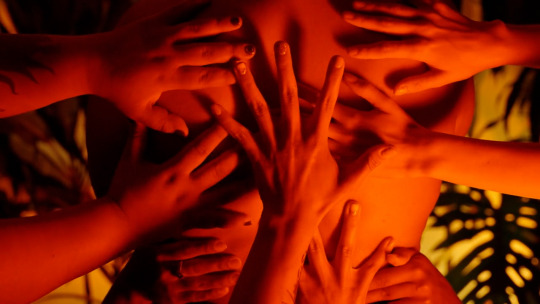
Mariana Iacono and Juan De La Mar, El VIH se enamoró de mi (HIV Fell in Love With Me)
HIV Fell in Love With Me tells the story of a woman with HIV embracing her sexuality and reconnecting with her pleasure. Filmed with an erotic aesthetic, the video reflects a pursuit towards sexual justice and autonomy for women living with HIV.

Nixie, it’s giving
Through home videos, archival footage and textile landscapes, it’s giving explores various forms of family across time. The artist's domestic life is paired with archival video of queer and trans chosen families mirroring small acts of joy, resistance, and sustenance. What does it mean for an HIV+ person, who carries the history and present of the AIDS-crisis in their DNA, to foster new life?

Vasilios Papapitsios, LUCID NIGHTMARE
Visual AIDS is a New York based non-profit that utilizes art to fight AIDS by provoking dialogue, supporting HIV+ artists, and preserving a legacy, because AIDS is not over. visualaids.org
0 notes
Text
San Blas Islands Tour with Tao Travel 365

The San Blas Islands, an archipelago comprising 365 islands off the coast of Panama, are a hidden gem waiting to be explored. Managed by the indigenous Guna people, these islands offer a pristine, culturally rich experience. Tao Travel 365 provides a range of tours that allow you to immerse yourself in this paradise, combining adventure, relaxation, and cultural immersion.
Why Choose San Blas Islands?
Natural Beauty: San Blas Islands Tour are renowned for their untouched beauty. Picture white sandy beaches, crystal-clear turquoise waters, and vibrant coral reefs. This natural splendor makes it a perfect destination for snorkeling, diving, and beachcombing.
Cultural Richness: The Guna people, who autonomously govern the San Blas Islands, offer a unique cultural experience. Visitors can learn about their traditions, crafts, and way of life. This cultural interaction is not just a visit but an opportunity to understand and appreciate a different way of living.
Eco-Friendly Tourism: Tao Travel 365 emphasizes sustainable tourism. Their tours are designed to minimize environmental impact and promote conservation, ensuring that the natural and cultural heritage of the San Blas Islands is preserved for future generations.
Popular Tours Offered by Tao Travel 365
San Blas Day Tour: Ideal for those with limited time, this tour provides a comprehensive experience of the islands in one day. It includes a visit to multiple islands, snorkeling in the vibrant coral reefs, and a chance to interact with the Guna people.
Overnight Stays: For a more immersive experience, consider an overnight tour. Spend the night in rustic cabins on the beach, fall asleep to the sound of the waves, and wake up to a stunning sunrise. This tour allows for deeper exploration and relaxation.
Sailing Tours: For those looking for a luxurious touch, sailing tours on catamarans are available. These tours offer the freedom to explore the archipelago at your own pace, with the comfort of a fully equipped boat. It's an ideal way to visit the more remote and less accessible islands.
Custom Tours: If you have specific interests or requirements, Tao Travel 365 offers custom tours. Whether you’re looking for a romantic getaway, a family adventure, or a cultural deep dive, they can tailor an itinerary to meet your needs.
Activities to Enjoy
Snorkeling and Diving: The coral reefs around San Blas are teeming with marine life. Snorkeling and diving are popular activities, allowing you to explore the underwater world and see colorful fish, rays, and even the occasional turtle.
Beach Hopping: With 365 islands to choose from, beach hopping is a must. Each island has its unique charm, from secluded beaches to lively ones where you can interact with locals and other tourists.
Cultural Tours: Visit Guna villages to learn about their way of life. Engage with the locals, witness traditional dances, and see how their famous molas (textile art) are made. This interaction offers a deeper appreciation of their culture and traditions.
Kayaking and Paddleboarding: For the more active travelers, kayaking and paddleboarding are great ways to explore the islands. Paddle through the clear waters, navigate between islands, and enjoy the serene environment.
Planning Your Trip
Getting There: San Blas Panama is accessible from Panama City. Tao Travel 365 provides transportation, ensuring a hassle-free journey. The trip typically involves a drive to the coast followed by a boat ride to the islands.
Best Time to Visit: The dry season, from December to April, is the best time to visit. The weather is perfect for beach activities, and the sea is calm for snorkeling and diving.
What to Bring: Essentials include swimwear, sunscreen, insect repellent, and a camera to capture the stunning scenery. It’s also advisable to bring some cash, as credit card facilities are limited on the islands.
Accommodation: Options range from rustic beach cabins to more luxurious lodges. Regardless of your choice, all accommodations emphasize a close connection to nature, providing a unique and memorable stay.
Final Thoughts
A tour of the San Blas Islands with Tao Travel 365 promises an unforgettable adventure. Whether you're seeking relaxation on a beautiful beach, an immersive cultural experience, or an eco-friendly adventure, the San Blas Islands offer it all. Embrace the natural beauty, engage with the local culture, and create memories that will last a lifetime.
0 notes
Text
Mola Art Exhibition - Stockholm
The Ambassador of the Republic of Panama H.E. Andrés Gregorio Núñez Sánchez requested the honor of the company of Cawa Media at Mola Art Exhibition on May 30th, 2024 at the Ambassador Residence of Panama. The Mola or Molas is a hand-made textile that forms part of the traditional women’s clothing of the indigenous Guna people from Panamá. Their clothing includes a patterned wrapped skirt…

View On WordPress
0 notes
Text
The last thing I reblogged reminded me of 5he last spanish class I took in college.
It was our final test, I didn't find the teacher interesting and her way of teaching was not effective for me, so I didn't read the textbook when she assigned us reading on Spanish cultures.
Anyway, one of the free response questions on the test we had to answer in spanish was about The Mola we had read about from the textbook.
My teacher was expecting an answer about the textile art created by the indigenous Guna people of Panama and Colombia. It looks like this:

Because I didn't read, this is what my professor got an answers about:

0 notes
Text


Covering #TwoForTuesday + #TextileTuesday + #TurtleTuesday with a pair of twin turtle molas! Hand-woven textiles of the Guna people (Panama), mid-20th century.
Title: Mola: "Two Turtles" (x2) Date: Mid- 20th century Artist: Artist/maker unknown, Guna people Geography: Made in Island of Carti Yantupo, Kuna Yala (San Blas Islands), Panama Medium: Cotton plain weave with cotton plain weave reverse appliqué Dimensions: #1 15 x 19 1/4 inches (38.1 x 48.9 cm); #2 14 1/4 x 20 1/4 inches (36.2 x 51.4 cm) Phiadelphia Museum of Art 1971-123-14 + 1971-123-11
#turtle#turtles#reptiles#textiles#mola#Guna#Panama#Indigenous art#Panamanian art#Central American art#20th century#Philadelphia Museum of Art#animals in art#Two for Tuesday#Textile Tuesday#Turtle Tuesday
21 notes
·
View notes
Photo

#quelaculturanopare
Artista: Not Common Girls
El colectivo de arte ‘Not Common Girls’ está formado por tres personas María Isabel Judez (Artista Plástica) , Javiera San Martín (Arquitecta) y María Alejandra Pernalete (Arquitecta), se dedican a crear obras textiles, que repiensen de manera contemporánea las artes y la herencia del tejido.
Las técnicas que emplean varían entre pintura, escultura, serigrafia, diseño digital y diversos tipos de tejidos.
Desde su formación han realizado múltiples intervenciones artísticas, y exhibiciones en espacios destacados como la Alianza Francesa de Panamá y la Galería Allegro.
Fuente: https://www.notcommongirls.com/
Contacto: https://www.instagram.com/notcommongirls/
Obra: ‘Luna Abrazadora’
Hilo de Nylon sobre Estructura Mecánica
2020
#Not Common Girls Panama#arte panama#arte textil panama#not common girls#quelaculturanopare#canasta culturosa#open arts pty#fanzineros
0 notes
Text
Do you know what mola art is??
Molas are handmade textiles from Panama and they use this incredible technique called the reverse appliqué technique!
You will not expect what the symbols actually mean!
Read our blog to find out! https://www.kurtyoungbloods.com/post/molas-fabric-art
#fabric#sewing#artsy#interiorart#textile#panama#arttechniques#sanantonio#art#pictureframes#artforsale#artislife#homedecor
2 notes
·
View notes
Photo

Kuna Geometric Traditional Mola Applique Hand stitched Textile Colorful Art, Panama Artists
3 notes
·
View notes
Text

Molas (mor) are colorful appliqué panels completely hand crafted by the indigenous Kuna (Tule) of the San Blas Islands (Kuna Yala), an autonomous territory in Panama. Traditionally, molas are worn on the front and back of women’s blouses; therefore they have all been previously used. The production of molas didn’t begin until the 1800's when machine manufactured fabric became obtainable through trade.
#beautiful#art#craft work#craftmanship#craftwork#crafts#handicraft#handcrafted#Textile#textile design#textile art#fiber art#Traditional art#History#panama#Embroidery#Colorful#Travel#traditional costume#traditional textiles#traditional techniques
10 notes
·
View notes